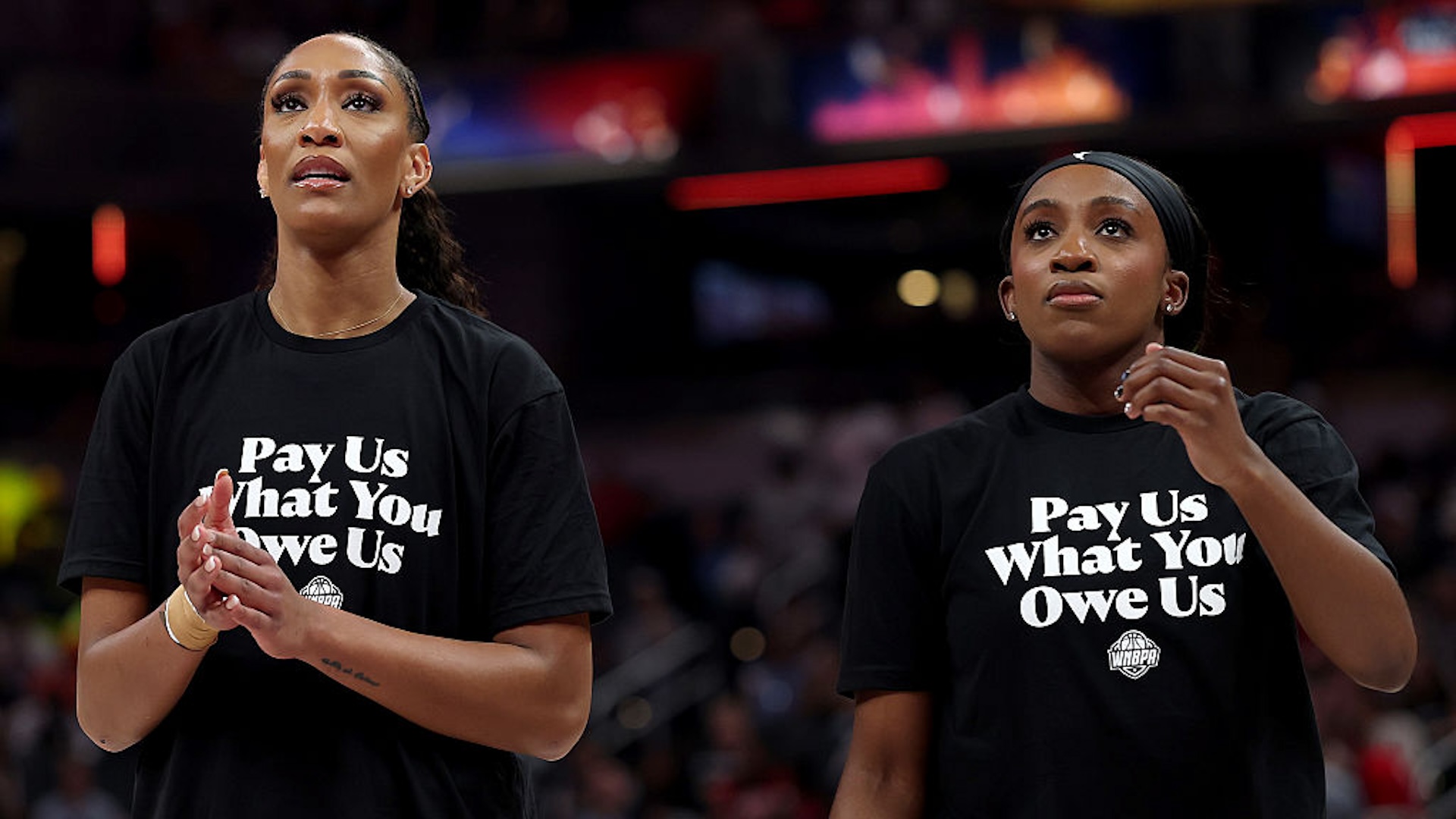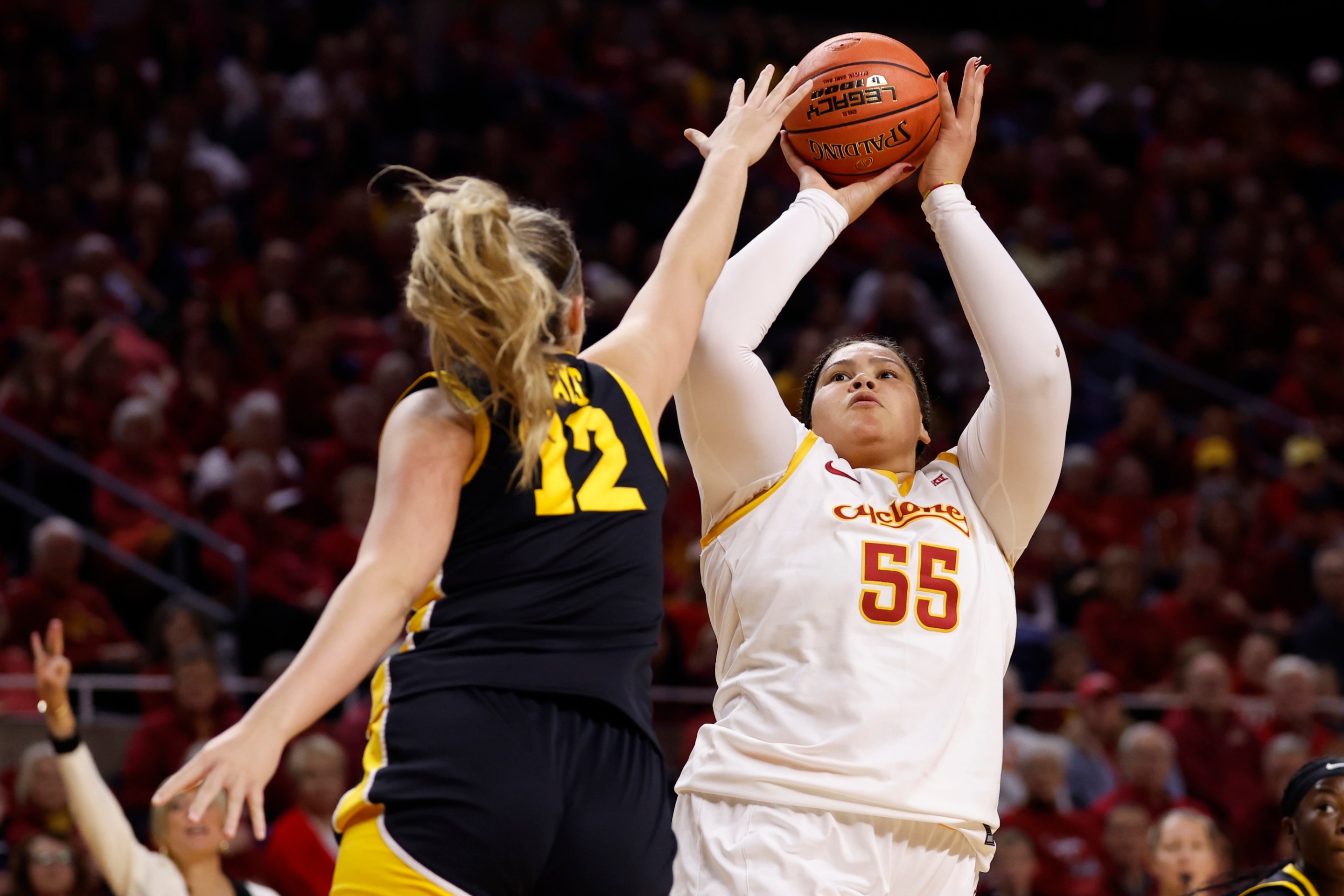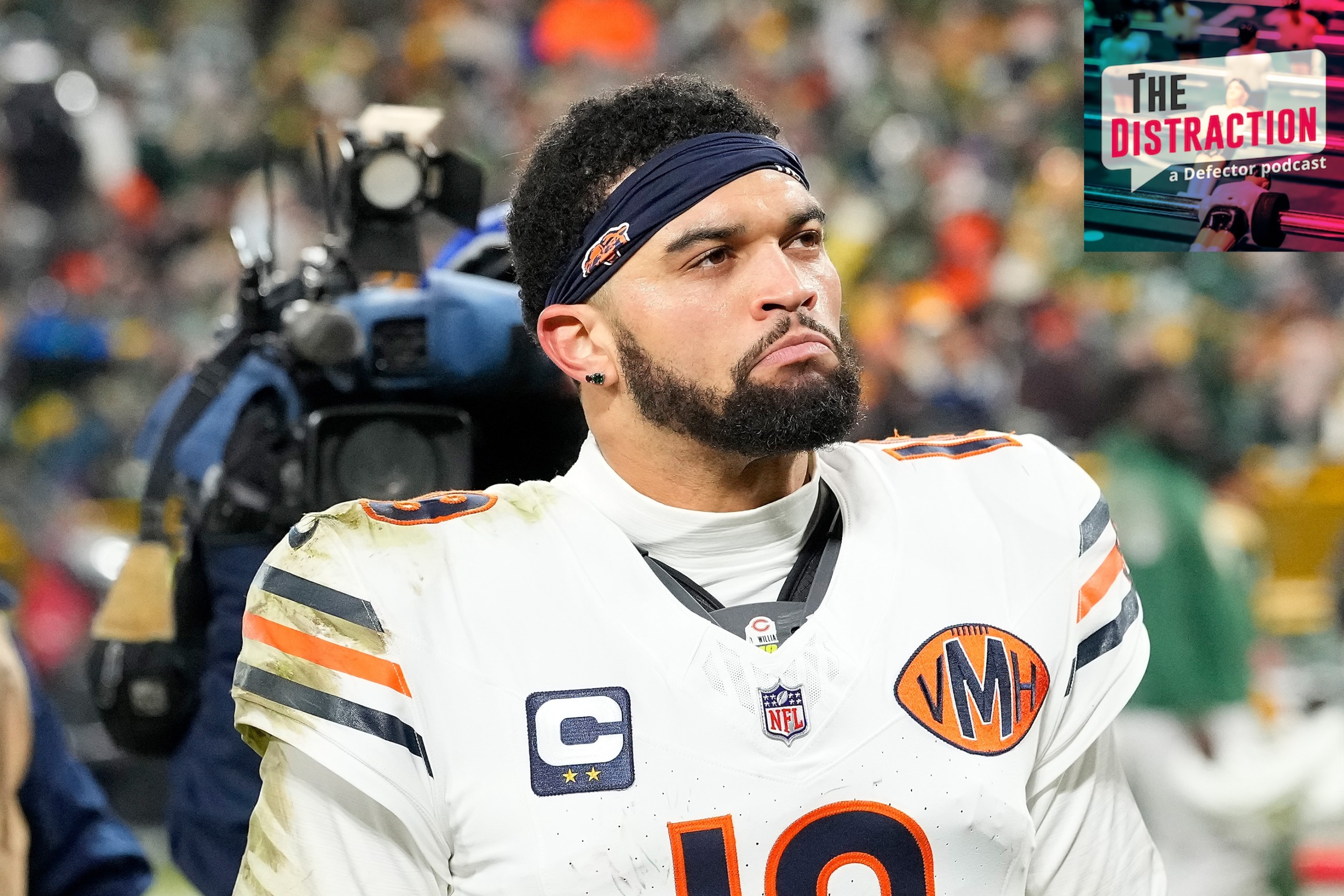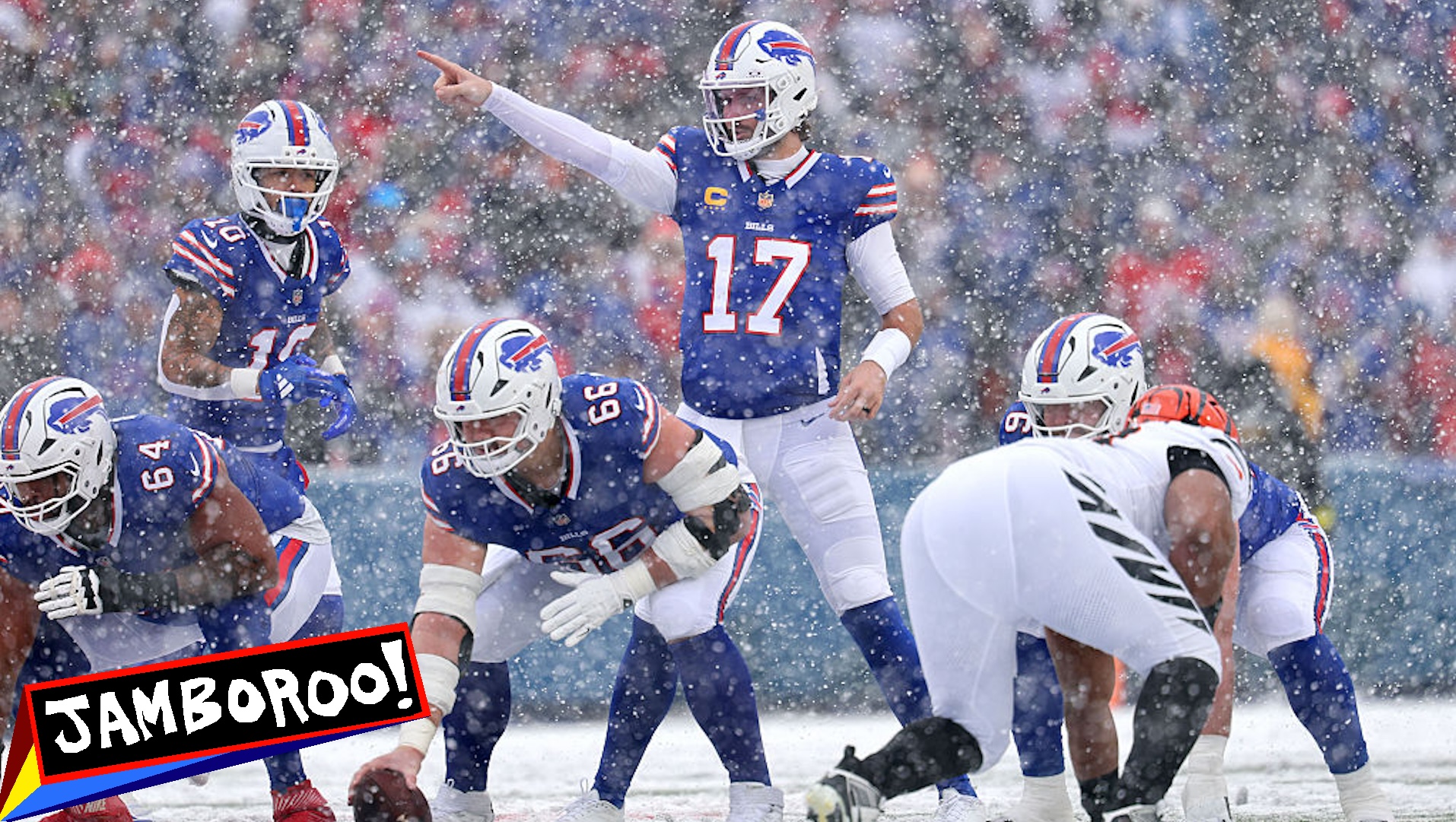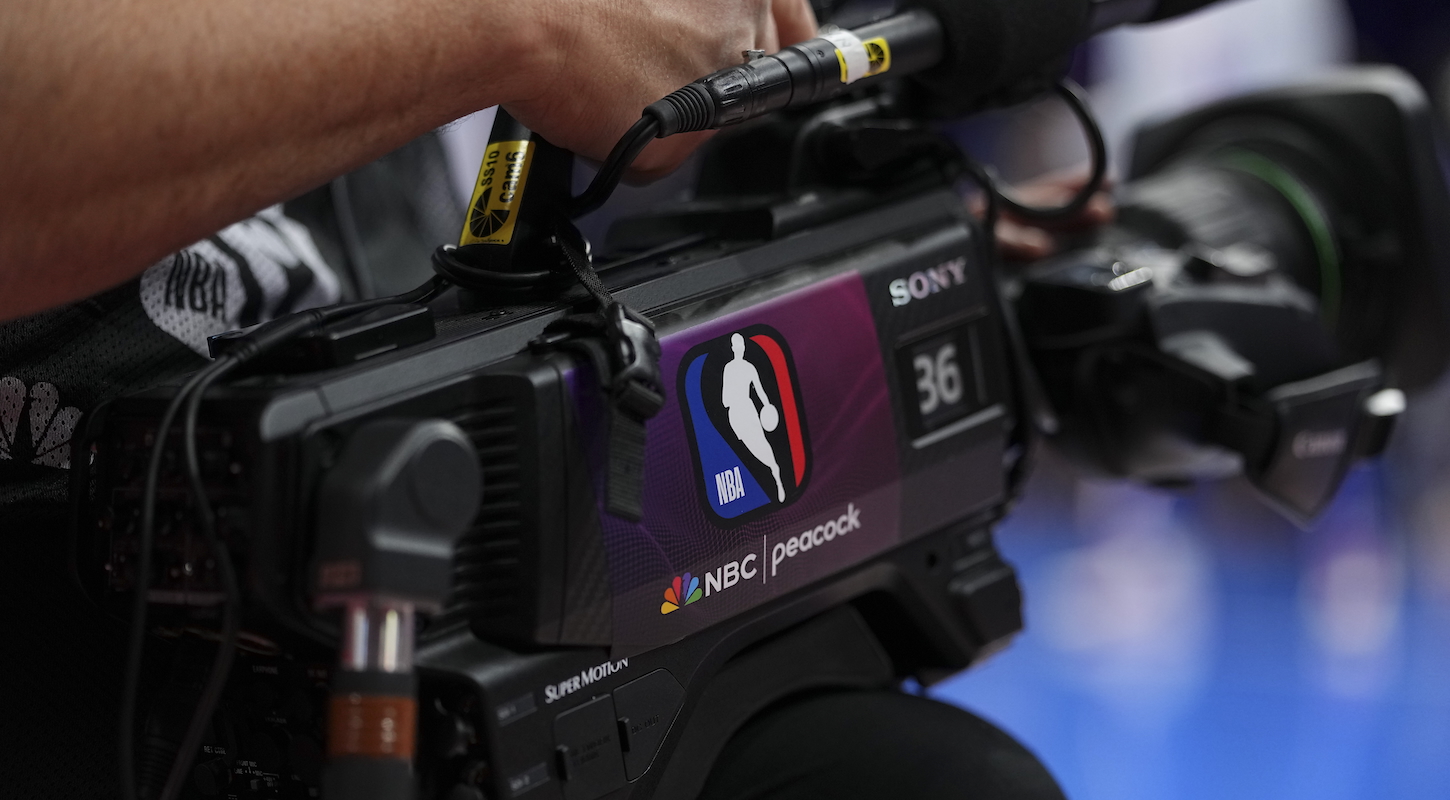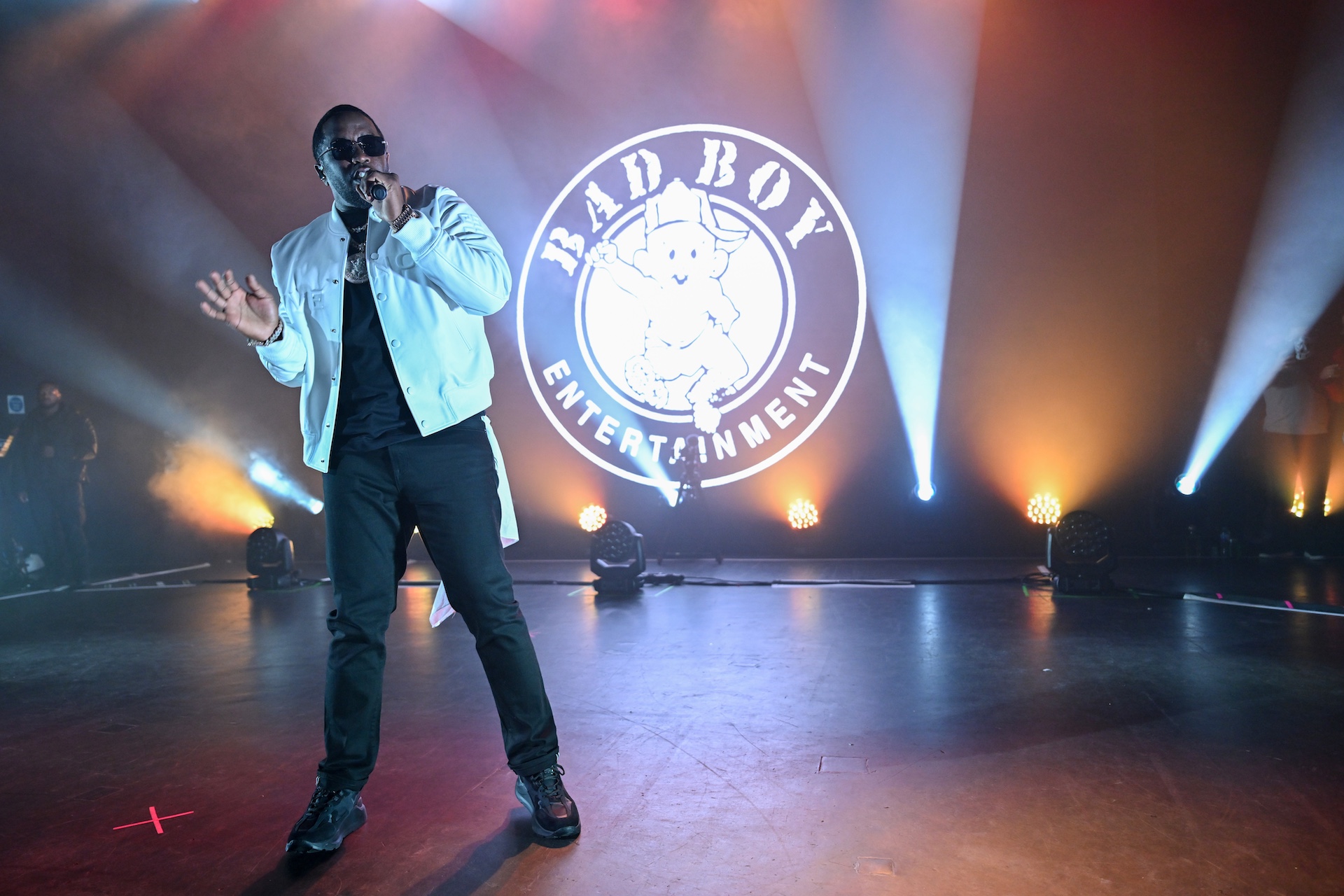There's no way to know exactly what goes on during a CBA negotiation between a sports league and its players' union. All we have to rely on is information that gets strategically shared to plugged-in reporters, and our own ability to read meaning into what kind of information is being shared, and by whom. It's not a perfect system, but the shape of the public relations battle happening far away from the negotiating table can often give you a pretty good idea of what's being said across that table.
On Tuesday, headlines about a detail in the league's latest offer to the players contained a notable figure: $1.1 million. That's where the league was proposing to set its max salary number, which under the current CBA is $249,244. An Associated Press story cited "people familiar with the WNBA's latest proposal" calling the league's offer "a highly lucrative package providing substantial increases over prior years and designed to bring negotiations to a quick conclusion."
Veteran observers of these sorts of negotiations would have arched an eyebrow at the framing and timing of this report. The current CBA is set to expire on Nov. 30, and league-friendly sources leaking a big, shiny number like $1.1 million as the deadline approaches is a tried and true method for setting the terms of debate heading into a work stoppage. We tried to make them all millionaires, and they walked away from the table.
It only took a few days for some holes to be poked in the story. On Thursday, Front Office Sports' Annie Costabile and ESPN's Alexa Philippou reported that the league's offer is not all it was cracked up to be. Costabile's and Philippou's sources clarified that the $1.1 million max salary would not be a guaranteed base salary, but rather a number that max-contract players could reach if the league hits certain revenue targets. The players are right to be wary of any deal built around that kind of revenue-sharing plan, given how badly they got burned by the last one they agreed to. The current CBA, signed in 2020, stipulated that a percentage of excess revenue would go to the players if league revenue increased by 20 percent over the life of the deal; the onset of the COVID-19 pandemic shortly after the CBA was ratified made this target impossible to reach.
But even quibbling over whether $1.1 million actually means $1.1 million in the current proposal does the league a favor. The number that really matters here, the one that commissioner Cathy Engelbert and the owners will want to keep everyone's attention away from, is 9.3 percent. That's how much of the league's total revenue was making its way to the players in 2022, according to a Bloomberg report. Since then, every indication is that the gap between player salaries and league revenue has only gotten wider.
The players are seeking a revenue-sharing plan similar to the NBA's, which scales the salary cap according to how much basketball-related income (BRI) is earned by the league each year, and guarantees that at least 51 percent of BRI is spent on player salaries. The league, meanwhile, has been trying to avoid the question of BRI by claiming that they are offering "uncapped revenue sharing that enables player salaries to grow as the league's business grows." Exactly how that "uncapped revenue sharing" is scaled, and how it's distributed, are questions the league would rather not get into.
A lot has been said about what an opportunity this CBA negotiation is for the players. The timing of the negotiations has indeed been a boon to their leverage—the league just signed a $2.2 billion media rights deal that is set to kick in next year, and $250 million expansion fees are flowing into the league's coffers. Opportunity cuts both ways, though, and just as the players are eyeing a bigger slice of a rapidly growing pie, so too are the owners thinking about how much more they can hoard. The owners' previous negotiating tactic, loudly screaming at anyone in earshot about how the WNBA is a money-losing venture and they are basically only doing this out of the goodness of their hearts, doesn't fly in the age of billion-dollar TV deals and expansion. What this specific negotiation has the potential to do is pin them down and make them explain how much they think the players' labor is worth. Are they willing to stand there and insist that amid growing revenue and attention, the players should be happy with 10 percent? That question will have the same answer for as long as the owners are allowed to get away with giving it.
